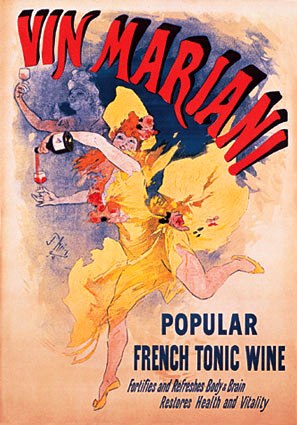Belle Époque facts for kids

The Belle Époque (pronounced "bell eh-pock") is a French phrase that means "The Beautiful Era." It was a special time in Western history. This period lasted from the end of the Franco-Prussian War in 1871 until World War I began in 1914.
It was a time filled with hope, peace, and economic growth. Many countries had established their colonial empires. There were lots of new inventions in technology, science, and culture. Art became very popular, especially in Paris. Many amazing works of literature, music, theatre, and visual art were created.
The Belle Époque got its name because people saw it as a "Golden Age." This was especially true when they compared it to the terrible events of World War I. Historian R.R. Palmer said that during this time, "European civilization achieved its greatest power in global politics." It also had a huge influence on people outside Europe.
Contents
The Belle Époque Around the World
The Belle Époque was mainly a European idea, but similar times happened in other parts of the world.
Europe
In the United Kingdom, this period was part of the late Victorian era and the Edwardian era. It was sometimes called Pax Britannica, meaning "British Peace." In Germany, it happened during the reigns of Emperors William I, Frederick III, and Wilhelm II. In Italy, it covered the reigns of Victor Emmanuel II, Umberto I, and the start of Victor Emmanuel III's rule. In Russia, it was during the reigns of Alexander III and Nicholas II.
Beyond Europe
In the United States, this time was known as the Gilded Age. It lasted from the 1870s to the 1900s. In Brazil, it began after the Paraguayan War. In Mexico, this period was called the Porfiriato. In Japan, it happened during the Meiji period.
A Time of Innovation
The Belle Époque was a period of incredible progress. New inventions changed daily life for many people.
New Technologies
Many new technologies were developed during this era. For example, the first successful airplane flight happened in 1903. Cars started to become more common. The telegraph allowed people to send messages quickly over long distances. Even early forms of movies and telephones began to appear.
Art and Culture Flourish
This era was also a golden age for the arts.
- Art Nouveau: A new style of art and design called Art Nouveau became very popular. It used flowing lines and natural shapes.
- Painting: Famous artists like Auguste Renoir and Henri Rousseau created beautiful paintings.
- Entertainment: Places like the Folies Bergère cabaret in Paris offered exciting shows. Early films started to be shown to the public.
- Music and Dance: New forms of music and dance, like those by Loie Fuller, brought fresh energy to stages.
End of an Era
The Belle Époque ended suddenly with the start of World War I in 1914. This war was a huge and terrible conflict that changed the world forever. The peaceful and optimistic feeling of the "Beautiful Era" was replaced by the harsh realities of war. The sinking of the RMS Titanic in 1912 was one of the most famous tragedies of this time.
Images for kids
-
Grand foyer of the Folies Bergère cabaret
-
Art Nouveau style coffee service in Meissen Porcelain, by Theodor Grust, 1902.
-
A telegraph used to transmit messages in morse code.
-
The sinking of the RMS Titanic in 1912 is the best-known tragedy of the era.
-
The Wright Flyer: the first sustained flight with a powered, controlled aircraft (1903).
-
Auguste Renoir, Bal du moulin de la Galette, 1876, oil on canvas, 131 × 175 cm, Musée d'Orsay
-
Year 2000 video telephony as imagined in France in 1910
-
Map of the Colonial Empires (and their colonies) in the year 1885, when after the Berlin Conference of that year the Partition of Africa between the colonial powers began.
-
Flag-map of the world (1914), just before the start of World War I (1914–1918), which ended the stage of the Belle Époque.
-
Art Nouveau building in Paris by architect Jules Lavirotte, sculptures by Jean-François Larrivé (1875–1928)
-
La charmeuse de Serpents (The Snake-Charmer) (1907) by Henri Rousseau
-
Modern dance (and modern stage lighting) innovator Loie Fuller
-
Jules Massenet and Jean Richepin (the latter as Apollo Citharoedus), authors of Le mage, premiered at the Opéra-Comique in Paris on 16 March 1891
See also
 In Spanish: Belle Époque para niños
In Spanish: Belle Époque para niños

















